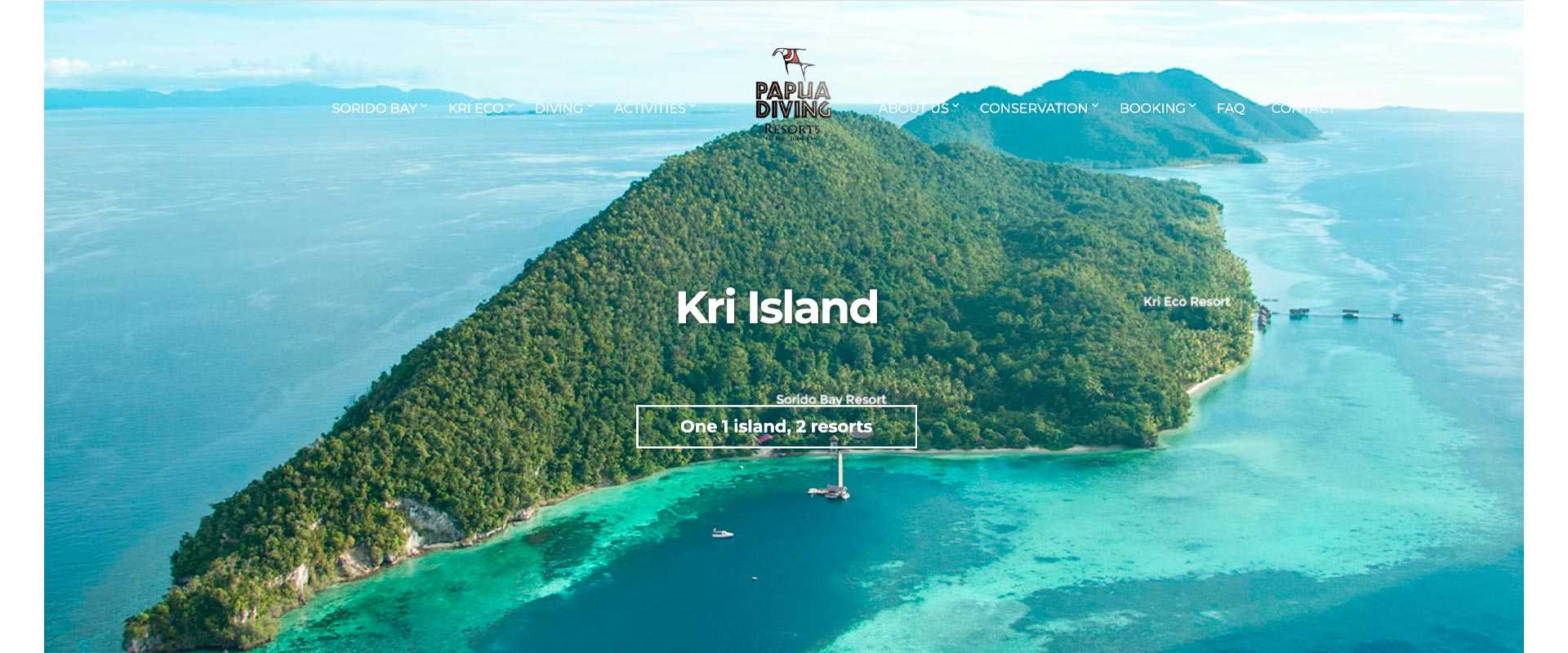What’s Happening in the BHS during the Shutdown by Papua Diving’s Max Ammer
Administrator’s note: Sadly while the virus rages no one is traveling to Raja or the Bird’s Head. But that doesn’t mean the area has been abandoned, especially at the resorts. Of course the village’s inhabitants still live there and without tourism most of them are not working. It is critically important that the people, including the MPA (Marine Protected Area, all 21 of them!) ranger patrols and conservation organizations stay active and maintain their work. Otherwise illegal fishing could potentially set back the unprecedented conservation gains achieved over the last 15 years. We have contacted a number of NGO staff, boat and resort owners asking them what they are doing during the Shutdown. We will be posting a series of their responses to keep you up-to-date. This is the first post and is the response from Max Ammer, one of the original pioneers in the area. Max first began diving in the Bird’s Head in 1989 and began taking adventurous clients on diving safaris in the early ’90s. He is the owner of Papua Diving, which includes Kri Eco Resort and Sorido Bay Resort. He is also the founder of RARCC (Raja Ampat Research and Conservation Centre), a non-profit that in 1993 introduced conservation and community-related projects to the region and it’s inhabitants.
Max writes:
“Right now we are focussing on some of most urgent maintenance issues after we had to semi-close down. We expect it to take quite a while (more than 6 months) before we will have any business to speak of.
Since about one year ago we have been building catamarans as dive tenders. Mostly for the environment (way less emulsions/emissions), these boats are designed much wiser in every way, except for speed. As we have our dive sites close by, speed is not all that important. These vessels will be quiet, stable, roomy, and cleaner, with better seating, roofs for solar and rain protection, stairs for decent/access, overall better views, and of course much more efficient. Two of the catamarans we have been building will be diesel powered; they will save 75% in fuel. The third boat will be all electrical, which saves 100% fuel.
Here you can see renders:
This catamaran is powered by twin Kubota 20 Hp engines and at 75% power uses 3.2 liters of diesel fuel per engine/hour. At 100% power the engine uses 4.9 liter of diesel fuel per engine/hour. The engine is rated so it may be used at 100% continuous power. This vessel will motor at about 10 Kt or 18.5 Km/hour.
This catamaran is powered by Mitsubishi 27 Hp engines and at 75% power uses 4.1 liters of diesel fuel per engine/hour. At 100% power the engine uses 5.4 liter of diesel fuel per engine/hour. The engine is also rated so it may be used at 100% continuous power.
Naturally these boats are slower than the more conventional ones we have built in the past, however they have way more space and deck area with considerable more hull space. Most importantly, they are far more in balance with our conservation philosophies, much “greener” than the boats we used to build. Our original boats used about 25 liters of fuel per engine/hour while the Catamaran uses about 8 – 9 liters for the same distance. Besides the fact that much less fuel is consumed, the design of the newer diesel engines is very low emulsion/emision compatible than the current European standard.
Both boats can even be fitted with a kind of A frame to haul heavy equipment out of the water from the stern. The orange/white one has the seats bolted to the deck so the boat can easily be modified for different work/use as well.
Both catamarans are fitted with western toilets. The waste in the holding tanks can then be released into a wastewater garden! These catamaran’s can also be fitted with generators or pumps depending on the type of work required! We hope to make video of the test run (sea trails) of the orange/white catamaran within the next few days and will post that on our RARCC FaceBook page.
Our plan is to make all experience we gain during the building process available for others through our RARCC website for self builders. We will also offer constructing these boats for others.
More soonest!
OK. back to work!”
Rgds,
Max Ammer





































